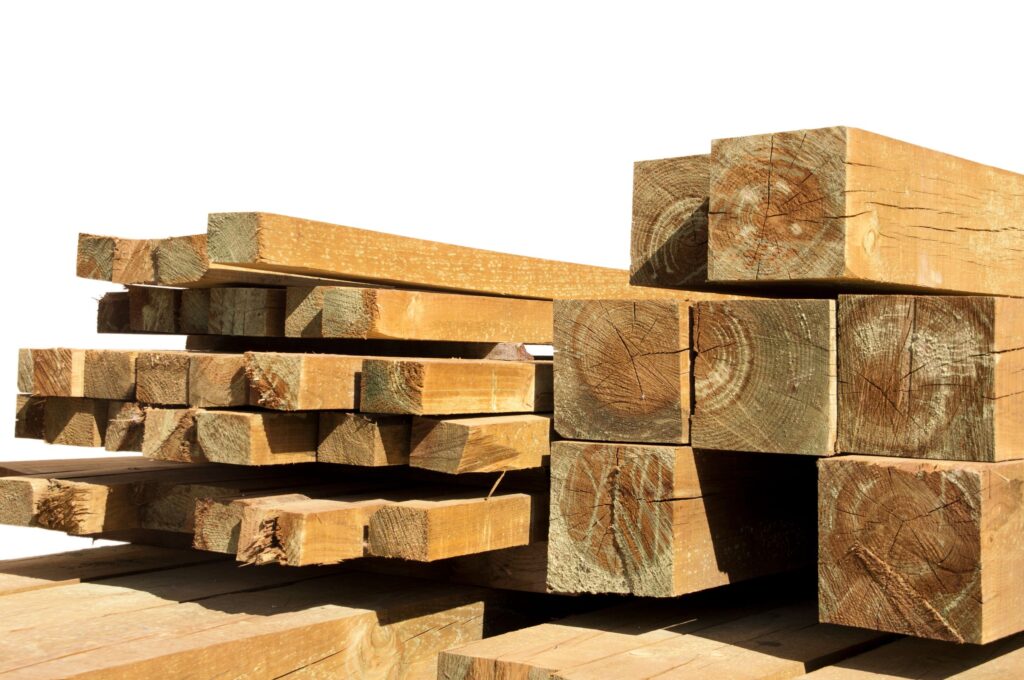
Choosing the Wood:
When it comes to woodworking, choosing the right the type of wood can have a big impact on the finished product. From the appearance and durability of the piece to the tools and techniques required for the job, selecting the right wood is an important step. Here are five tips to help you choose the right wood for your next woodworking project.
- Consider the intended use and location of your woodworking project.
Will the piece be used for functional purposes, such as a table or chair, or for decorative purposes, such as a wall art or a mantelpiece? Will it be used indoors or outdoors? Different types of wood have different properties, such as resistance to moisture, rot, and wear, that make them better suited for certain uses and locations. For example, hardwoods like oak and cherry are durable and resistant to wear, making them good choices for functional pieces, while softer woods like pine and poplar are more suitable for decorative pieces.
- Think about the desired appearance of the finished piece.
Different types of wood have different colors, grain patterns, and textures, so it’s important to consider the look you want to achieve. If you want a clean, modern look, you may want to opt for woods with a uniform appearance, such as maple, beech or walnut. If you want a more rustic or vintage look, you may want to consider woods with more character and variation, such as oak, alder or pine.
- Consider the cost and availability of the wood.
The cost and availability of different types of wood can vary greatly. Some woods, such as oak and cherry, are more expensive due to their popularity and limited supply, while others, like pine and poplar, are more affordable. Keep your budget and availability of the wood in mind when making your selection.
- Take the necessary precautions when working with certain types of wood.
Some types of wood, such as exotic or tropical hardwoods, can be more challenging to work with due to their density and hardness. These types of woods may require specialized tools and techniques, and they may also generate more dust and cause allergic reactions in some individuals. Be sure to take the necessary precautions when working with these woods, such as wearing a dust mask and gloves.
- Use wood that has been sustainably harvested and sourced.
Using sustainably harvested and sourced wood is important for both environmental and ethical reasons. Look for wood that has been certified by organizations like the Forest Stewardship Council (FSC), which promotes responsible forestry practices.
In Conclusion:
Choosing the right wood for your woodworking project can be a daunting task. By considering the intended use, desired appearance, cost and availability, necessary precautions, and sustainability of the wood, you can make an informed decision that will help you achieve the best possible results.












 Do Not Sell My Personal Information
Do Not Sell My Personal Information